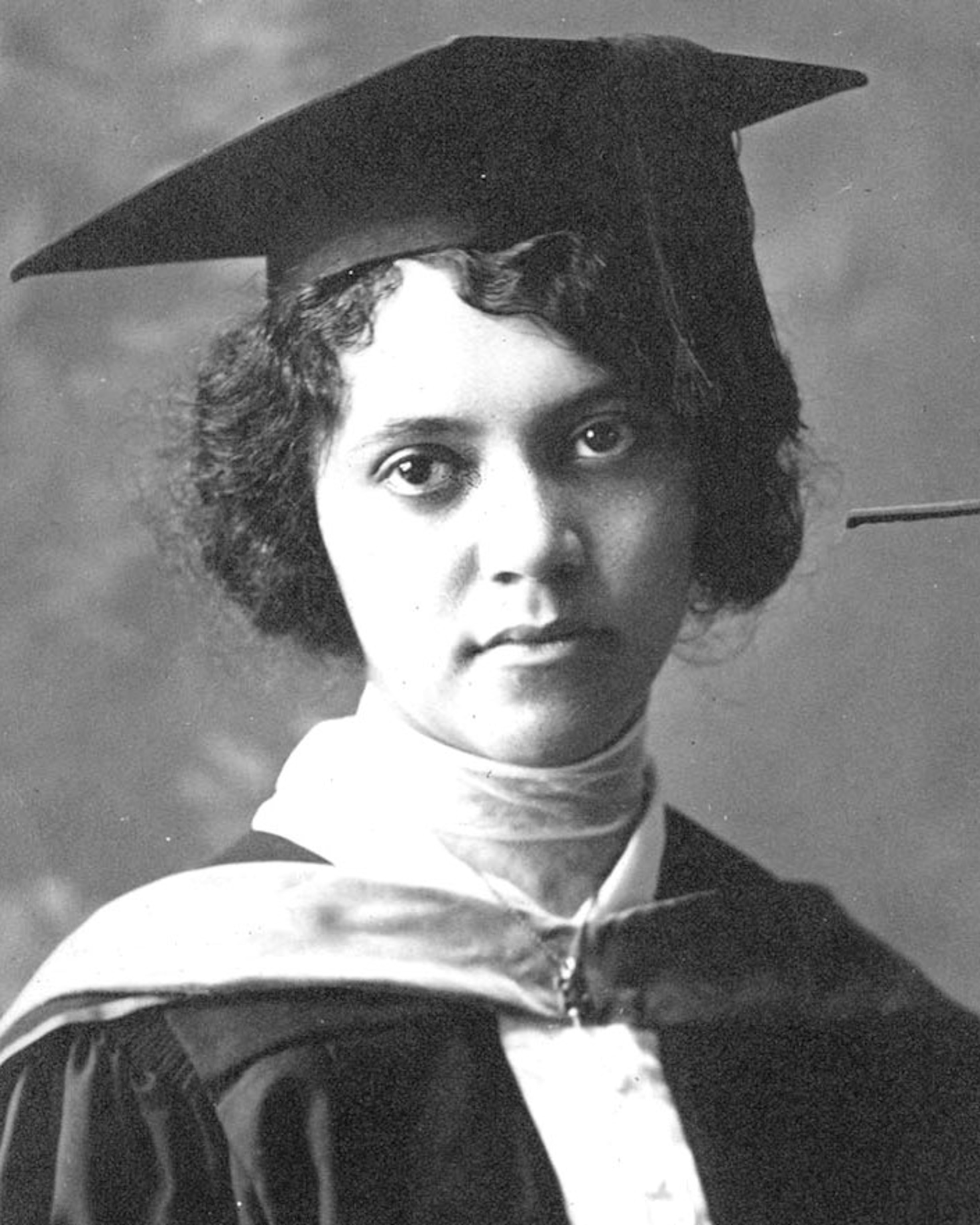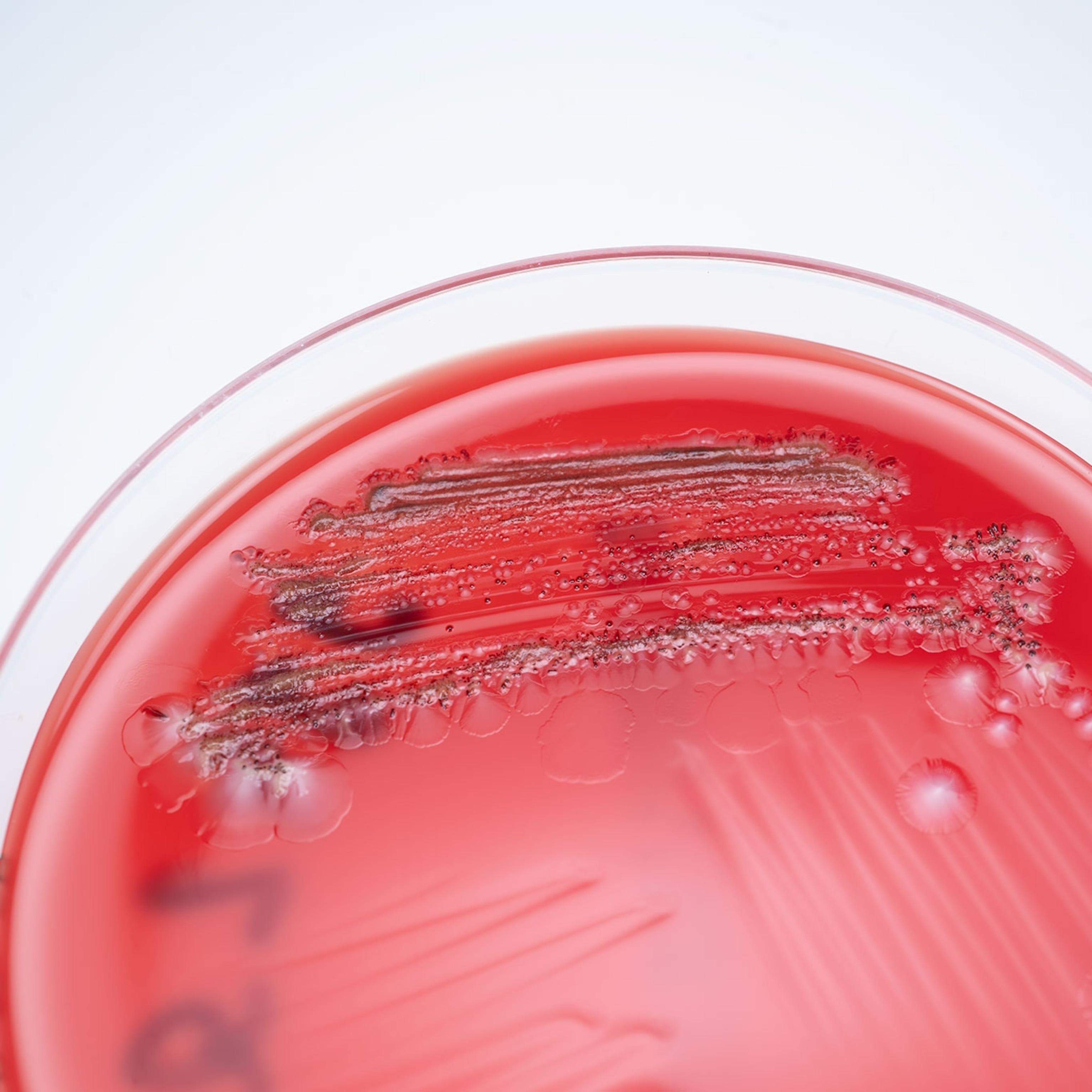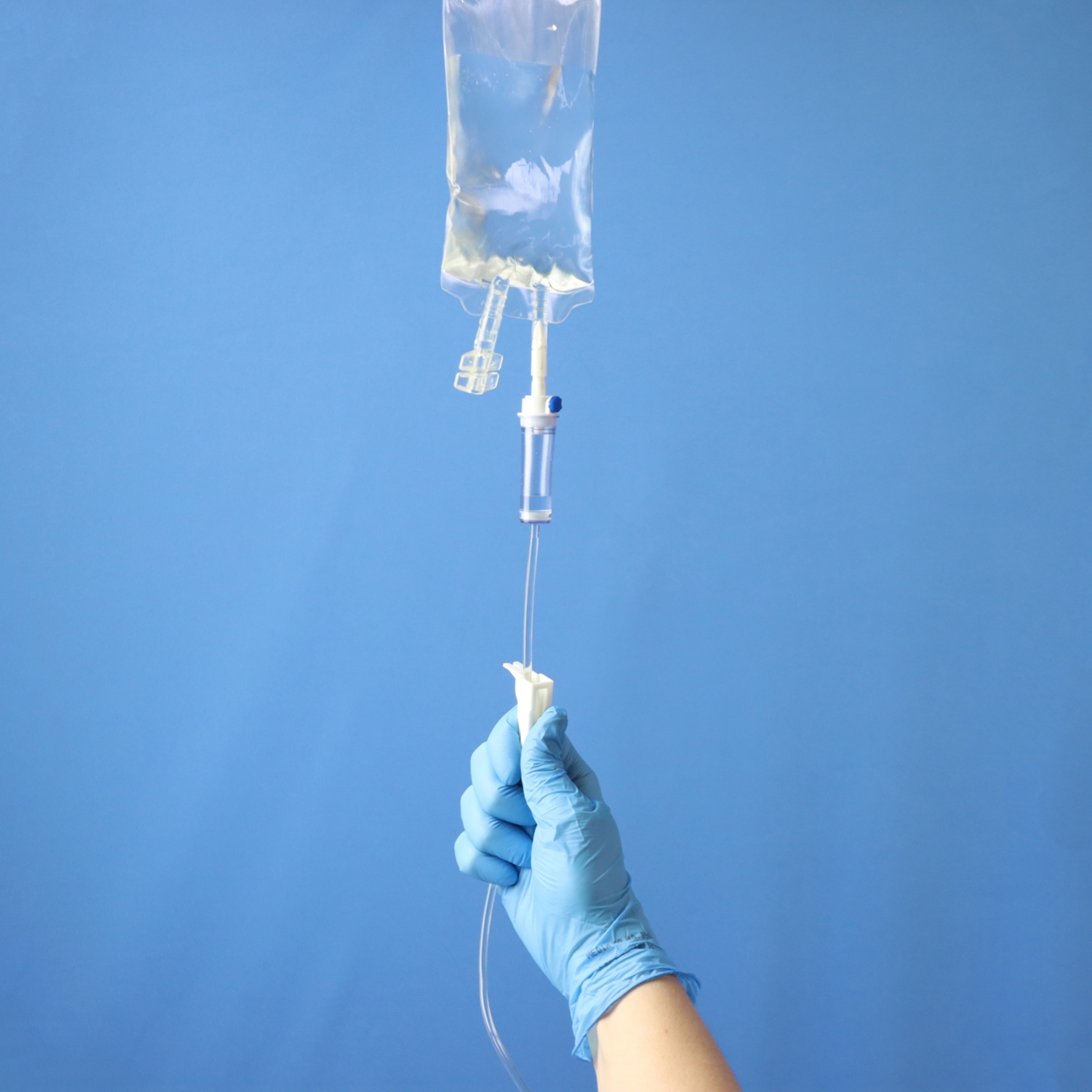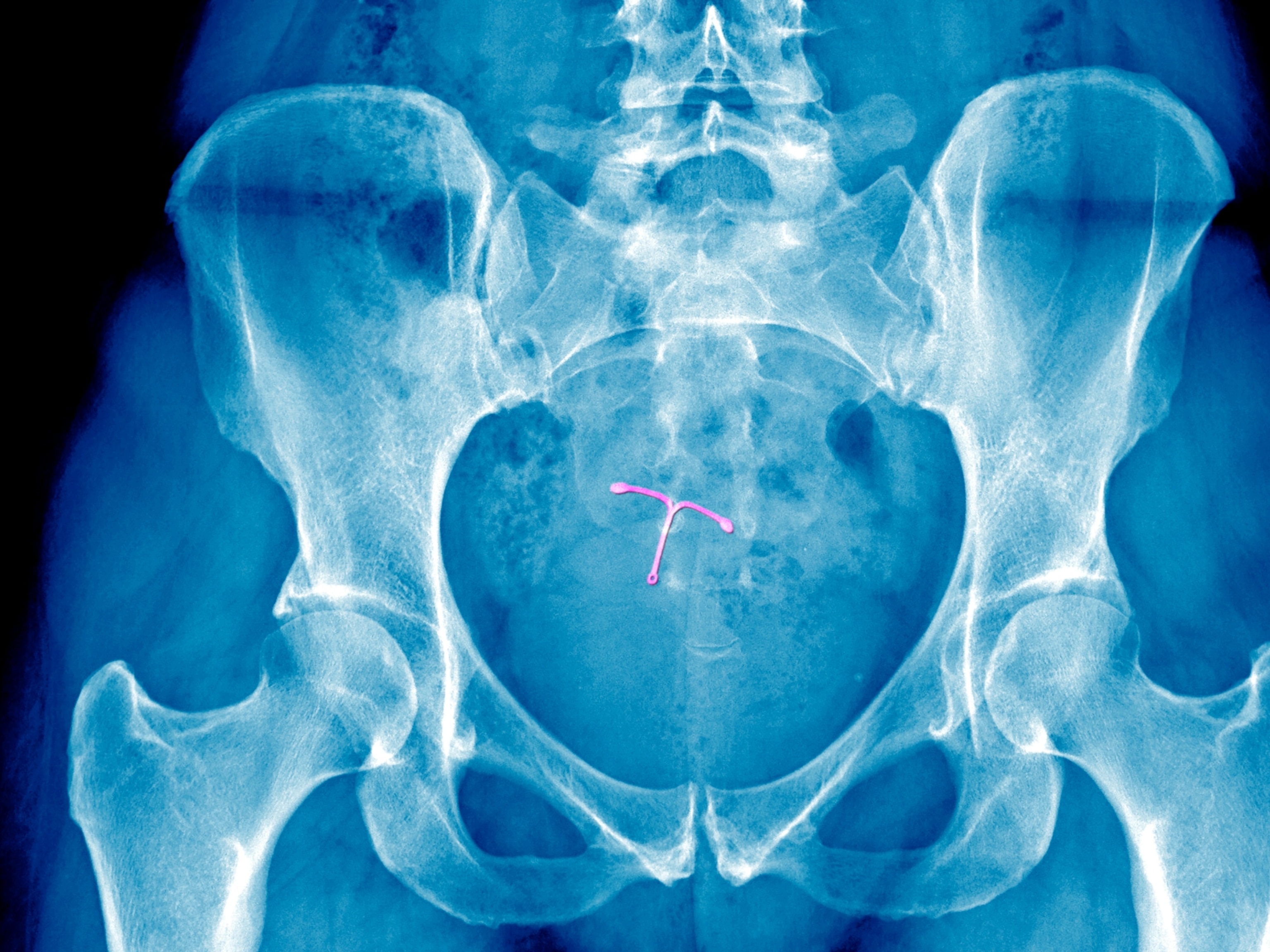
How the Woman Who Found a Leprosy Treatment Was Almost Lost to History
The daughter of daguerreotype pioneers, Alice Ball used her passion for chemistry to develop an injection that stayed in use for 20 years.
In 1916, Harry T. Hollmann, an assistant surgeon at Kalihi Hospital in Hawaii, had a problem he needed to solve.
Kalihi was among a handful of facilities in Hawaii that treated patients with Hansen’s disease, also known as leprosy, an ailment that can vary in intensity from barely noticeable skin lesions to terrifying disfigurements.
The bacteria that cause the skin condition had been identified in 1873, and by the early 20th century, treatments had evolved slightly thanks to chaulmoogra oil, a substance derived from the seeds of a tropical evergreen tree. When the oil was applied topically or taken orally or intravenously, Hansen’s disease patients experienced some improvement, but the results were inconsistent. There were also uncomfortable side effects, such as nausea and abscesses underneath the skin.
An ideal treatment would be a solution made from the active components of the oil that could be injected without side effects. So, Hollmann sought the help of a chemistry instructor at the College of Hawaii (now the University of Hawaii) whose work he had been quite impressed with.
Alice Augusta Ball would soon make her mark on medical history, culminating in a leprosy treatment that stayed in use for more than two decades. (Find out why you've probably never heard of these seven historical geniuses.)
“Ball’s discovery was very beneficial to alleviating the pain that was sustained by patients,” says James P. Harnisch, who practices at the Hansen’s Disease Clinic at Harborview Medical Center in Seattle, Washington, and specializes in infectious disease and dermatology. “And for a black woman to be able to achieve what she did and make advances in that area during that time is remarkable unto itself.”
Born to Be a Chemist
Ball was born on July 24, 1892, in Seattle, Washington, the third of four children. Several of her family members were photographers, including her grandfather, J.P. Ball, Sr., who was among the first African-Americans in the United States to learn the art of daguerreotype, the first successful form of photography. It’s easy to imagine young Alice observing the complex daguerreotype process throughout her childhood and developing an interest in chemistry.
In 1902, hoping to improve her grandfather’s poor health with a better climate, the family moved to Honolulu, Hawaii. However, he died just two year later, and the family moved back to Seattle, where Ball earned degrees in both pharmaceutical chemistry and pharmacy from the University of Washington.
For her graduate studies, Ball decided to return to Hawaii, where she became both the first woman and the first African-American to earn a master’s degree in chemistry from the College of Hawaii. The subject of her thesis makes it clear why Hollmann specifically sought her help: identifying the active components of another plant, the kava root.
Almost Lost
By all accounts, Ball worked arduously, juggling teaching during day and the chaulmoogra problem during every moment of her free time. In less than a year, she had found a way to create a water-soluble solution of the oil’s active compounds that could be safely injected, with minimal side effects.
Unfortunately, Ball didn’t get a chance to publish her findings. Sometime after her discovery, she became ill. In the fall of 1916, she returned home to Seattle, where she died on December 31,1916, at the age of 24. A 1917 newspaper article in the Honolulu Pacific Commercial Advertiser states, “While instructing her class in September 1916, Miss Ball suffered from chlorine poisoning.” At the time, ventilation hoods were not mandatory in laboratories.
After her death, college president Arthur L. Dean continued her work, and soon the chaulmoogra injections were in demand and being shopped all over the world to treat Hansen’s disease. The injections became the most reliable way to help keep the disease under control until new drugs came available in the 1940s.
However, Dean never credited Ball for the initial discovery. Her name might have been completely lost to history except for a brief mention in a 1922 medical journal, in which Hollmann makes it plain that Ball created the chaulmoogra solution, referring to it as the “Ball Method.” (See pictures of the hidden women of the U.S. space race.)
Within the last 20 years, though, Ball has received her long-overdue recognition. In 2000, the University of Hawaii placed a dedication plaque to Ball underneath its only chaulmoogra tree, and Lt. Governor Mazie Hirono declared February 29 Alice Ball Day. In 2007, the university Board of Regents posthumously presented her with its Medal of Distinction. And just last year, Wermager endowed the Alice Augusta Ball Scholarship for University of Hawaii, Manoa students majoring in chemistry, biochemistry, biology, or microbiology who “typify the characteristics that Ball displayed in her studies and research.”
From Treatment to Prevention
Today, Hansen’s disease is completely curable with a course of multiple drug therapy using three antibiotics, in addition to other medicines to prevent complications.
But the public still has misconceptions about Hansen’s disease, says Harnisch, that he and his staff at Harborview must help patients to overcome.
“Some people still have this Biblical image of Hansen’s disease and the stigma associated with it. They might be used to people being taken away or isolated,” Harnisch says. “So we counsel them not to worry, that it’s okay to touch people, to have children, to kiss people. About 95 percent of the world population is actually resistant to the bacteria, so it takes really close contact for a long period of time to get the disease.”
Ultimately, preventing Hansen’s disease involves a vaccine.
“There have been many attempts at vaccines over the years that have failed, but at the moment there is a vaccine in phase 1 trials in Brazil by a local biotech company, and it looks promising,” Harnisch says.
Follow Carisa D. Brewster on Twitter.








